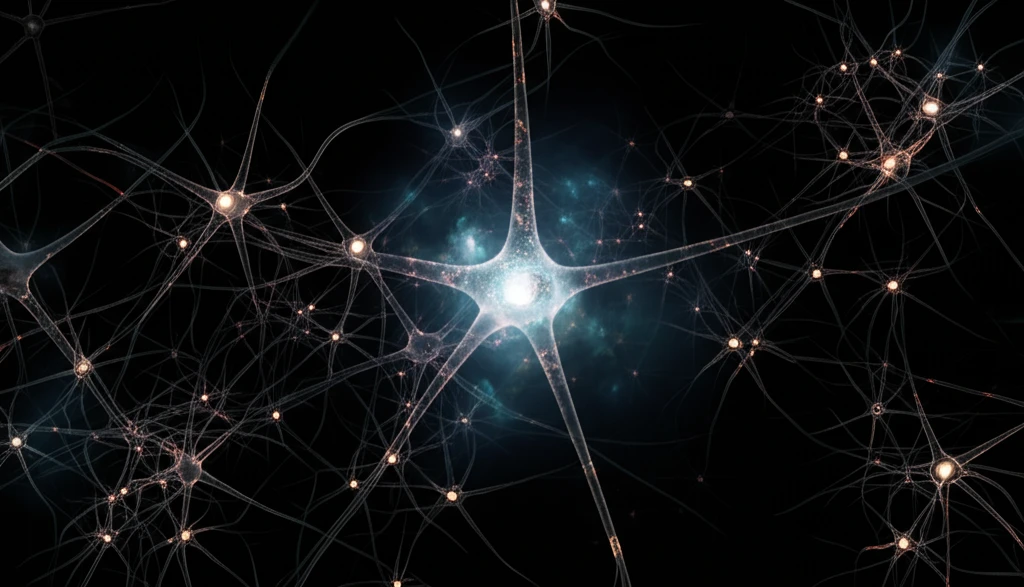
Decoding Brain Sync: How Rhythmic Delays Impact Neural Networks
"Dive into the fascinating world of neural network synchronization and learn how time delays can disrupt brain activity, leading to new insights in neurological research."
Our brains, intricate networks of interconnected neurons, rely on synchronized activity to perform countless tasks, from simple motor functions to complex cognitive processes. This synchronization isn't always perfect; disruptions can lead to a variety of neurological issues. Researchers are increasingly focused on understanding the factors that influence neural synchronization, with time delays emerging as a critical piece of the puzzle.
Imagine a group of musicians trying to play in unison, but some are hearing the beat slightly later than others. This is analogous to what happens in our brains when time delays occur in the transmission of signals between neurons. These delays, whether due to the physical distance signals must travel or the speed at which they're transmitted, can throw the entire system out of whack.
A recent study published in The European Physical Journal Special Topics sheds light on how these time delays can lead to desynchronization in networks of pulse-coupled oscillators, a model often used to represent neural networks. This research not only deepens our understanding of brain dynamics but also opens new avenues for potential therapeutic interventions.
The Rhythm of Disruption: How Delays Impact Synchronization

The study focuses on pulse-coupled oscillators, simplified models of neurons that fire in response to incoming signals. When these oscillators are perfectly synchronized, they fire together in a coordinated rhythm. However, introducing even small time delays in the connections between these oscillators can disrupt this synchrony. Picture it as a domino effect: if one domino falls slightly out of sync, it can throw off the timing of the entire chain reaction.
- Time delays are inevitable: They arise from the finite speed of signal transmission in neural networks.
- Delays disrupt synchrony: Even small delays can cause significant desynchronization.
- Phase slip patterns emerge: Individual oscillators periodically break away from the synchronized group.
- Potential therapeutic targets: Understanding these patterns can lead to new interventions for neurological disorders.
Looking Ahead: The Future of Brain Sync Research
While this study provides valuable insights into the role of time delays in neural synchronization, it also highlights the need for further research. Future studies could explore the effects of different types of delays, the influence of network topology, and the potential for personalized interventions based on an individual's unique brain dynamics. By continuing to unravel the mysteries of brain sync, we can pave the way for a future where neurological disorders are more effectively treated and cognitive potential is fully realized.
